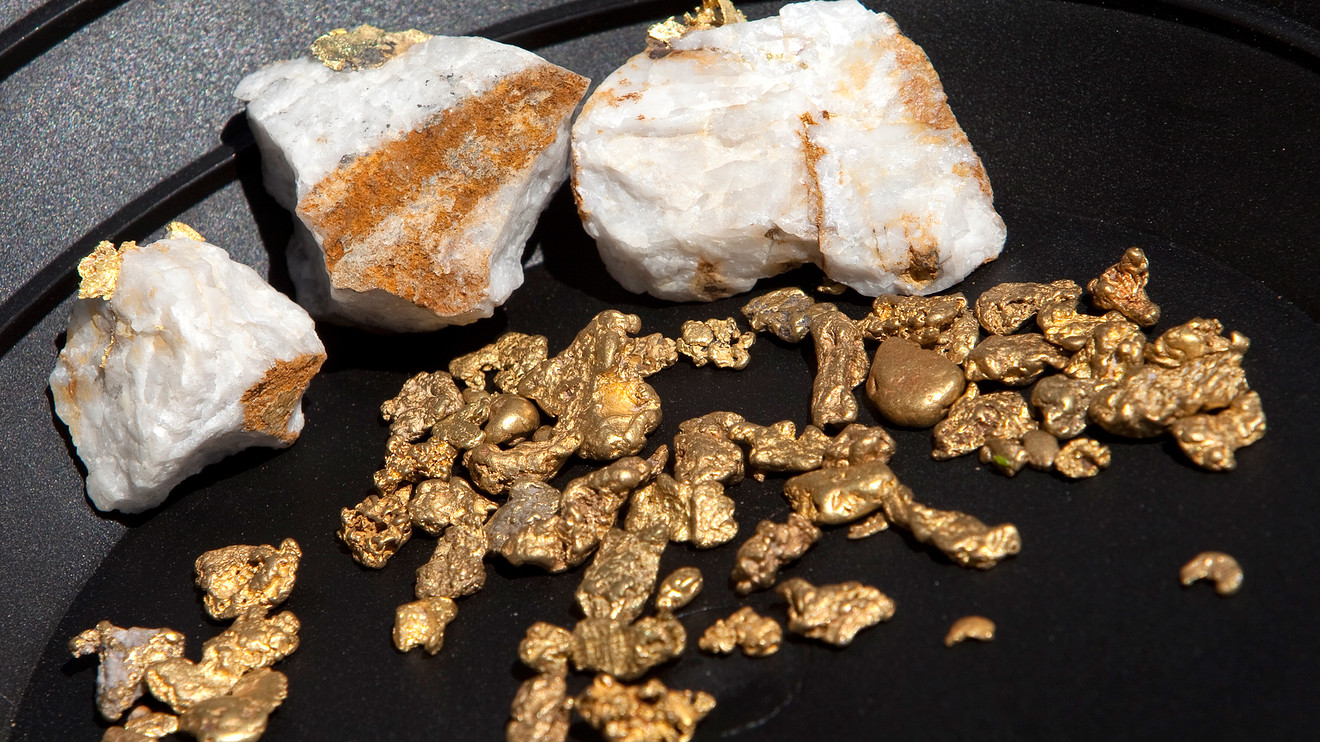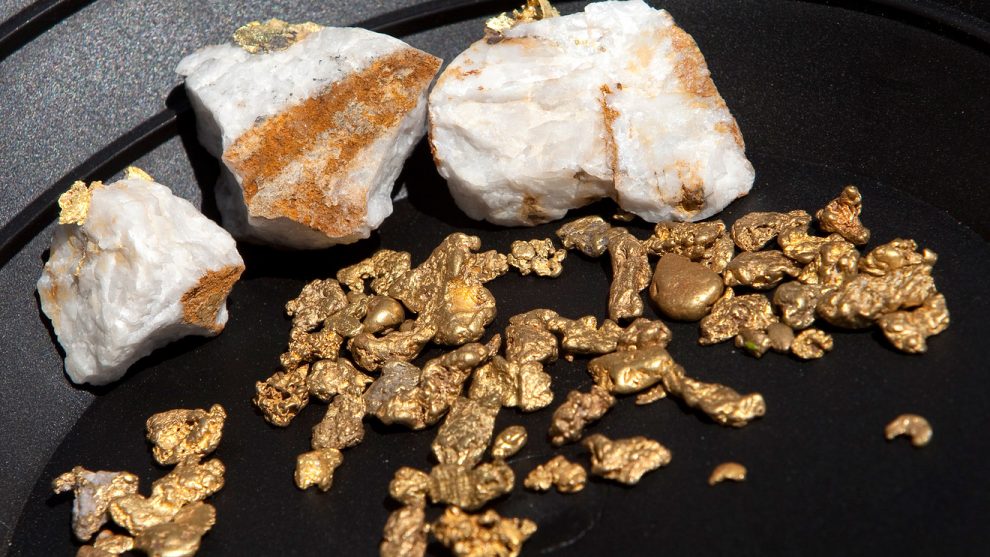
Gold has benefited from a spate of supportive factors over the past few months, and some bulls now see the precious metal making a climb to a record high of $2,000 an ounce.
It will need more fuel to make that move, however, and the timeline for that rally remains uncertain.
“There has been a strong undercurrent of demand for gold,” said Brien Lundin, editor of Gold Newsletter. “Even as short term factors like the China trade dispute may come and go, longer-term investors are confident that the issues of monetary debasement and other geopolitical factors will continue to impact the market.”
December gold futures GCZ19, +0.00% rose $3.40, or 0.2%, to settle at $1,531.20 an ounce on Thursday to tally the highest most-active contract settlement since April 2013, according to FactSet data. The record settlement high for futures prices was at roughly $1,891.90 on Aug. 22, 2011, though prices did touch intraday highs near $1,918 around that time.
Concerns over a possible recession, sparked by the recent inversion of the yield curve for the 2-year and 10-year Treasury yields, some weak global economic data, and the U.S. Federal Reserve’s first interest-rate cut since 2008, have dressed up gold’s appeal as a haven.
But Stan Bharti, chief executive officer of private merchant bank Forbes & Manhattan, doesn’t believe that gold is moving up because of short-term market fears. It’s a move that’s been a long time coming.
After the 2003-2004 period, “hard assets were in demand as the ‘smart money’ was looking away from stocks and into gold to protect themselves,” said Bharti. Then in the “last 8-10 years we’ve seen a bull market in stocks and lived in a low-interest-rate environment. That is dangerous for inflation.”
Given that backdrop, he expects gold prices to top $2,000 by the end of next year. That would be a record for Comex futures. More near term, Bharti sees gold jumping from $1,480 to $1,600 in the next quarter.
Gold climbing to $1,800 or even $2,000 an ounce is ‘a near certainty, given enough time.’
Lundin also agreed that higher prices are in the cards for gold. The metal at $1,800 or even $2,000 an ounce is “a near certainty, given enough time,” he said.
That rise will accelerate with any indications that the [Fed] will return to [quantitative easing],” he added. QE, or large-scale asset purchases by the central bank to help stimulate the economy and add liquidity to capital markets, would be supportive for gold. The move would likely pressure the dollar and could lead to inflation, though central banks are struggling with stubbornly low inflation despite past rounds of QE. Gold is often seen as a hedge against inflation.
To see such a big move higher for gold, however, the market may also need to see “the devaluation of the dollar in response to the devaluation of the Chinese yuan,” USDCNY, +0.0000%, said Deric Scott, vice president and senior analyst at precious-metals retailer Metals.com.
Other factors that could significantly boost the metal’s price would be “heightened geopolitical risks related to current events such as conflict in Iran, Hong Kong or some other unforeseen, but unsurprising, actions taken by a given nation,” he said. Regardless, a climb to $1,800 or $2,000 for gold “will likely inevitably happen, although the timeline remains to be seen.”
Meanwhile, a report from Reuters this week that China has restricted its imports of gold since May has had little, if any, impact on gold prices. The report said China may be trying to curb outflows of U.S. dollars and help strengthen its yuan currency as its economy slows.
China, the largest importer of gold, cut shipments of the metal by some 300 ounces to 500 ounces compared with last year, the report said, citing sources with direct knowledge of the matter. Last year, the country imported around 1,500 metric tons of gold, which is about one-third of the world’s total supply, the report said.
“If true, this would be a significant concern for the gold market,” said Lundin. “If this is a strictly enforced ban that lasts for some time, I can’t see how it won’t have a big effect on global flows.”
Even so, “the good news is that investor demand has soared for gold world-wide, so this development seems more likely to slow gold’s ascent rather than halt it,” Lundin said.
Still, Scott believes the reported move by China may prompt gold to test a lower level between $1,463 and $1,485—and that “would been seen [as] a huge opportunity to buy.”











Add Comment